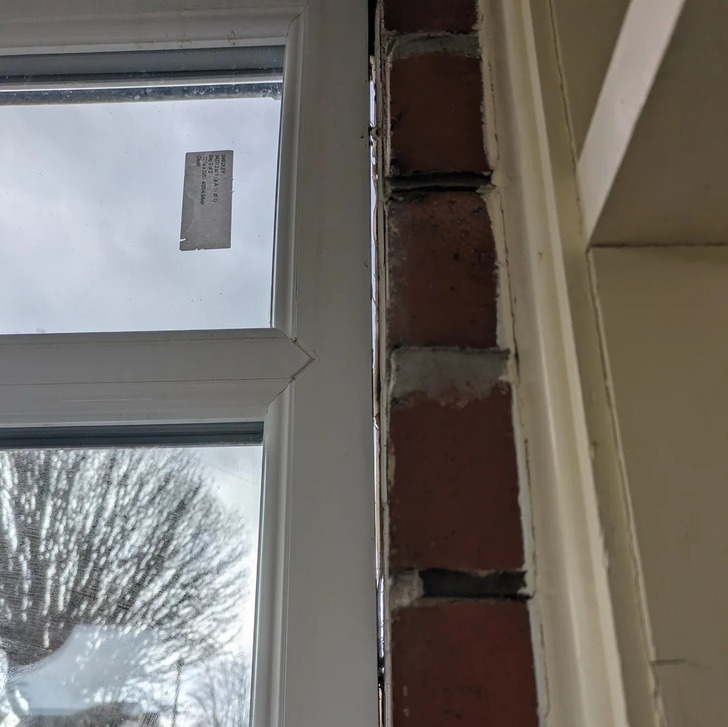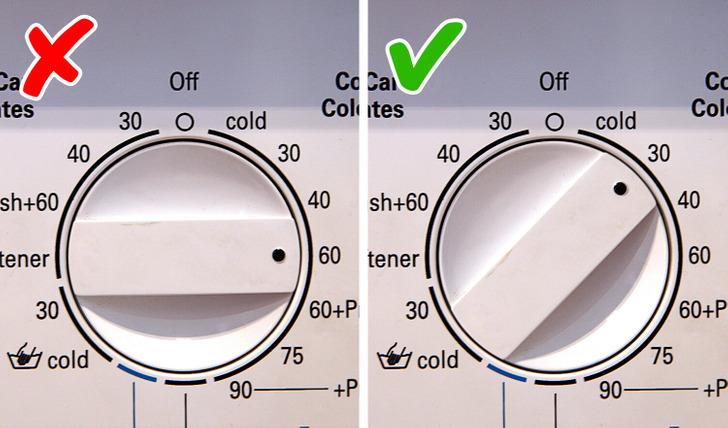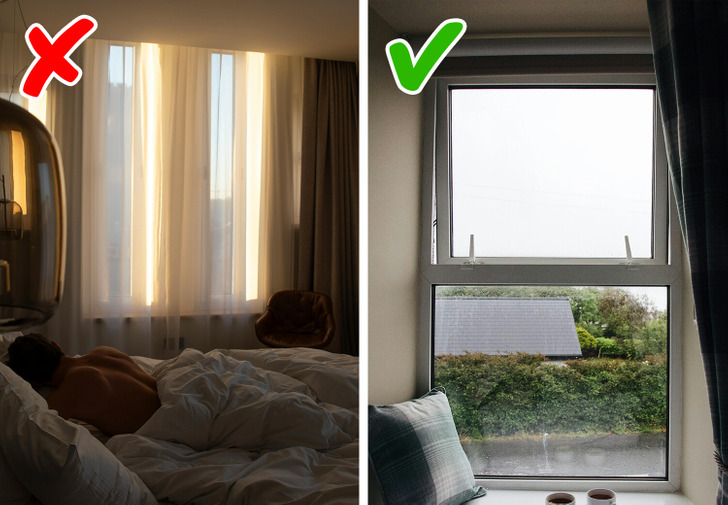7 Smart Ways to Reduce Your Electricity Bills During Winter
Did you know that even houses with very good insulation still lose 44% of their house energy if they have old double-glazed windows? Heat loss during winter is a real headache many of us face. From old window frames and thermostats to “vampire” devices that are always on, there are various ways you can keep that precious heat inside the house.
1. Unplug “vampire” devices
When we say “vampire” devices, we are referring to TVs, smart assistants, recorders, microwaves, phones, tablets, and laptops. We often leave these plugged in even when we leave the premises. However, even when we do not use them, and they are switched off, they can still drain energy if they are plugged in. Plugging them out can save you over $70 per year, money you can spend on house necessities like food and other essentials.
2. Use smart LED lights

Sure, your lights may not account for a large part of your electricity bills, but they certainly play a role. Even if you can save $20 annually, it’s worth changing all your old light bulbs with energy-efficient LED ones. Not only that, but you reduce your carbon dioxide emissions.
Another benefit of some LED bulbs is that they are smart, meaning you can connect them to your mobile device and control them from there. So, even if you leave your home and forget to turn off the lights, you can do it from your phone remotely.
3. Draught-proof your windows

Many of you live in old houses where you lose heat from small gaps between the floor and the windows and doors or through your chimney. Professional draft-proofing won’t cost you that much, and it will decrease your energy consumption significantly for years to come. If you can’t afford new windows and doors, there are simple ways you can tackle the cold.
- Use clear plastic film on the inside of window frames and seal it tightly.
- There are many window coverings that still allow the sunlight to enter while improving energy efficiency.
- Install a chimney excluder that keeps the warm air from going up and the cold air from entering your home.
- Insulate your roof or attic with affordable fiberglass or natural sheep’s wool, which is more costly.
4. Insulate pipes

Water pipes that are exposed to really low temperatures can result in water that takes longer to get hot. Therefore, you may increase the temperature to boost the process and get your hot water quickly. This process uses more energy, resulting in increased electricity bills.
That’s why it’s best to insulate your water pipes and reduce the amount of energy needed to heat the water. The insulation material is easy and cheap to get. Typically, a foam tube is used to cover the exposed pipes, water cylinder, and boiler. You can do it yourself without hiring a professional.
5. Watch your washing machine cycles

Many of you may have been told that to clean clothes efficiently, you should use the 60o cycle. However, this is false and also costly. Lower cycles take up less energy because they finish more quickly. You may follow three simple tips if you want to decrease your annual energy consumption.
- Run your washer in 30° or 40° cycles.
- Try to reduce your weekly loads by one.
- When you load your washing machine, don’t leave too much free space. Fill it as much as possible. For smaller loads, you may use a half-load program if available.
6. Turn down your thermostat

We know it’s intriguing to increase the thermostat when the temperature is getting lower and lower outside. However, such a practice isn’t helping. Your thermostat turns on whenever your home loses the temperature you’ve set. On colder days, it will simply work more to maintain the necessary temperature. You don’t have to increase the setting.
Try to keep a steady temperature of 64 F to 68 F. Reducing the heat just by 1 degree can save you hundreds of dollars every year in electricity bills.
7. Open your curtains

It may sound simple, but opening your window curtains during the day when it’s sunny can warm up your interior spaces. You can close them once the sun has set to maintain the heat. But what types of window coverings do you have? Shutters or curtains? Yes, shutters help reduce loss of heat, but they just miss that feeling of coziness.
If you are a fan of curtains, pick good-quality, thick fabrics that are ideal for all year long. You may use not just one but two layers to improve heat retention. Ensure the curtains cover your entire window, from side to side and floor to ceiling. The first layer shouldn’t be very thick, though, and allow the sunlight to enter without needing to completely pull the curtain open.
But why stop there? We have a few more tips on how to save up on your utility bills not just during the cold but also during the warmer months of the year. It’s the small changes that drive big results.


